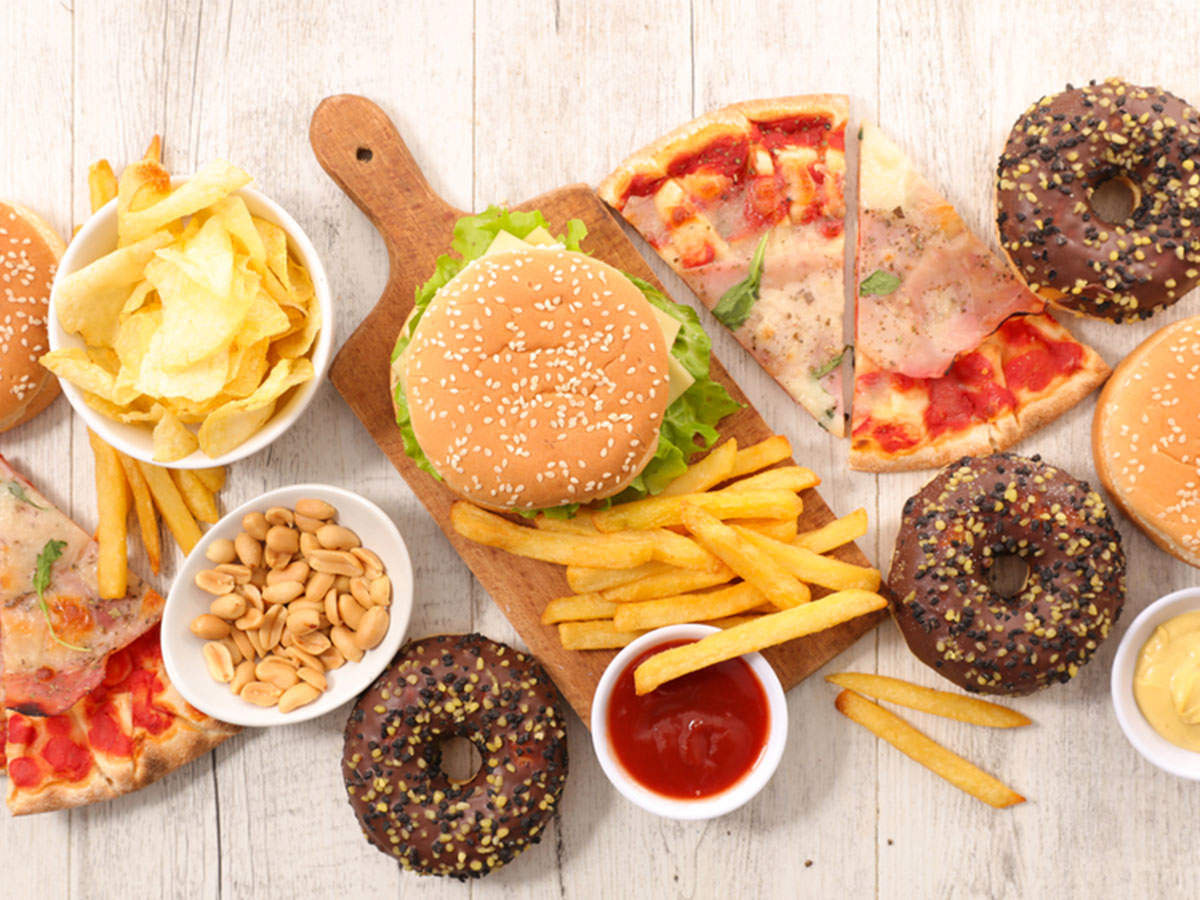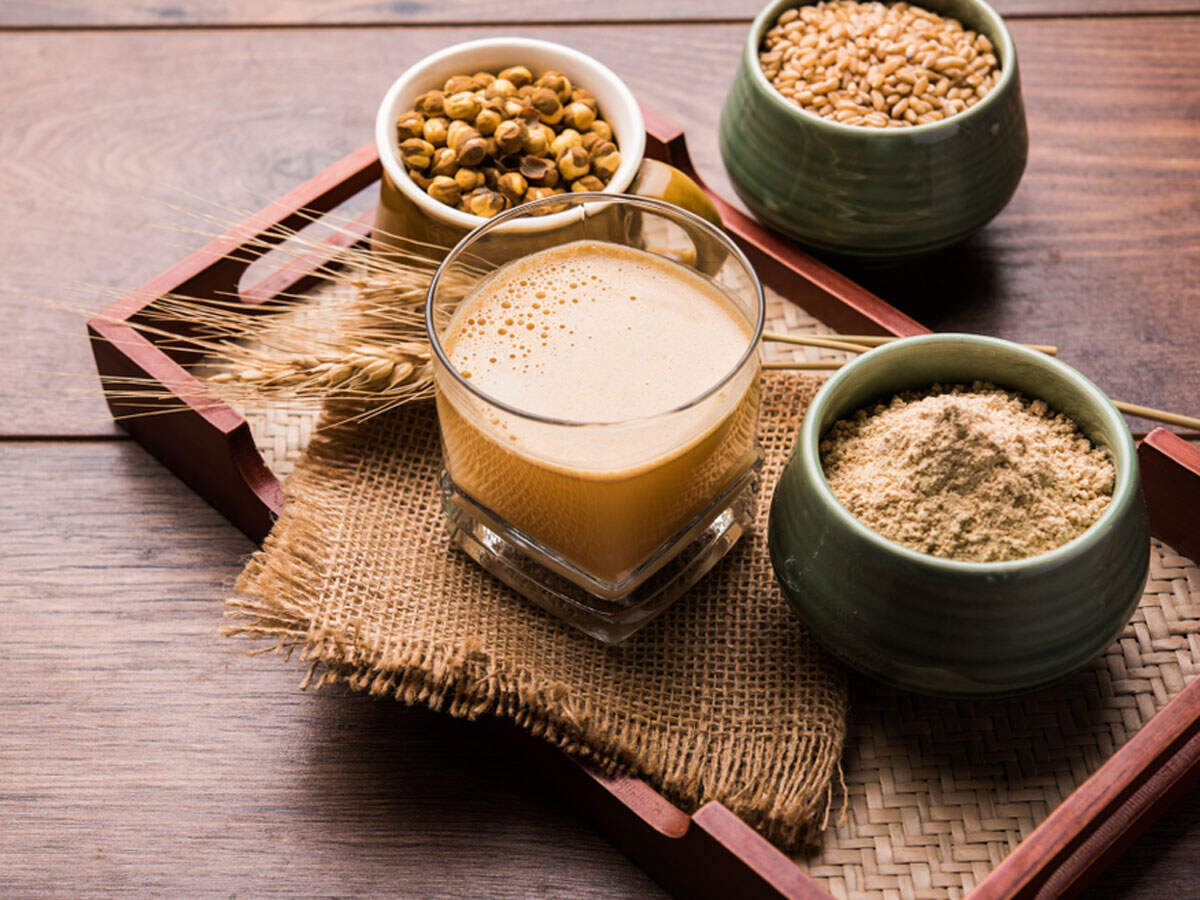
(By Babita Baruah)
Like some precious things in life, it seems as if family mealtimes are increasingly being taken for granted. More so, with the battle of TV screens vying for our time. Yet, there’s a lot more to family meals than we realise.
Most of us grew up with rituals around the family meal. I remember my grandfather sprinkling water around his plate before he began his meal with a prayer of thanks. He also left a generous amount as leftovers, including a choice piece of vegetable or fish. In those days, my grandmother would serve herself on the same plate, and he ensured she was not left with just the scrappings.
There are many memories we can recount. The dining table or the floor we sat around, both wearing scars of hot vessels and
food stains. The bone china in our home that never matched up to the fun of the brass thalis at our grandparents. The steaming bowls. The plastic or bamboo
mats. The water jug and the tumblers. The first, second and third helpings of the delicious kheer. The conversations. The people who
are no more, yet always in our hearts.
But nuclear families, migration to cities, TV dinners on sofas and beds, and the mobile phones that have invaded mealtimes, are changing the dynamics. So are the diet fads doing the rounds. No eating to less eating to avoiding everything on the table.
The dining table is hardly used by the entire family. Half of it often becomes a place to dump books and bills. Snacking leaves us with no room for the family meal. Brands promoting order-in meals, and making them accessible and affordable, create a new kind of food enjoyment, where the dining table usually fails to get centrestage and love.
Many years ago, when working on a food brand, I was lucky to read Miriam Weinstein’s book, ‘The Surprising Power of Family Meals: How Eating Together Makes Us Smarter, Stronger, Healthier and Happier’, in which she states: “The things we are likely to discuss at the supper table anchor our children more firmly in the world.”
Where mealtimes are a place not just for consuming food but a learning ground. Where family values reign supreme in conversations. Where the parents teach children new words, meanings, the power of relationships, love and gratitude. Where rituals like a “thank you” together for the food bring up a generation that appreciates the farm-to-fork journey. Where food and warmth allow families to have fun (and be creative over the ketchup smiley on the paratha). Where couples bond. And children thrive, and connect to culture and food heritage.
Skipped family meals can have long-term impact. Nourishment loses its meaning. Families drift apart. Professional success wins over family time. Our frenzy to draw up personalised eating habits works at cross purposes with what keeps us together.
With the times changing, expecting the family to gather at every meal maybe hoping for too much. But there are ways in which we can still make it happen. On some days at least.
Here’s how.
Create special weekend meals that a family loves. Make members take turns for a fun menu or dish. Introduce rituals (the prayer of thanks always works). Involve the family with tasks — setting the table, putting out the food. Keep the big bowl where the phones go in.
Make your diet plans fit in with the family meal. Be inclusive. Encourage slow eating and conversations
(without choking on the food, of course). Go seasonal. Nature works best when we
are aligned with her on produce. Eat colour, for colours signal balance and fun. Have that vase of flowers or light candles. Add a touch that makes a table welcoming and relaxing. The only lean-in is over food.
As someone said: “Make family mealtimes the brightest hours of the day.”
(The author is Managing Partner, GTB India (a WPP unit))
Like some precious things in life, it seems as if family mealtimes are increasingly being taken for granted. More so, with the battle of TV screens vying for our time. Yet, there’s a lot more to family meals than we realise.
Most of us grew up with rituals around the family meal. I remember my grandfather sprinkling water around his plate before he began his meal with a prayer of thanks. He also left a generous amount as leftovers, including a choice piece of vegetable or fish. In those days, my grandmother would serve herself on the same plate, and he ensured she was not left with just the scrappings.
There are many memories we can recount. The dining table or the floor we sat around, both wearing scars of hot vessels and
food stains. The bone china in our home that never matched up to the fun of the brass thalis at our grandparents. The steaming bowls. The plastic or bamboo
mats. The water jug and the tumblers. The first, second and third helpings of the delicious kheer. The conversations. The people who
are no more, yet always in our hearts.
But nuclear families, migration to cities, TV dinners on sofas and beds, and the mobile phones that have invaded mealtimes, are changing the dynamics. So are the diet fads doing the rounds. No eating to less eating to avoiding everything on the table.
The dining table is hardly used by the entire family. Half of it often becomes a place to dump books and bills. Snacking leaves us with no room for the family meal. Brands promoting order-in meals, and making them accessible and affordable, create a new kind of food enjoyment, where the dining table usually fails to get centrestage and love.
Many years ago, when working on a food brand, I was lucky to read Miriam Weinstein’s book, ‘The Surprising Power of Family Meals: How Eating Together Makes Us Smarter, Stronger, Healthier and Happier’, in which she states: “The things we are likely to discuss at the supper table anchor our children more firmly in the world.”
Where mealtimes are a place not just for consuming food but a learning ground. Where family values reign supreme in conversations. Where the parents teach children new words, meanings, the power of relationships, love and gratitude. Where rituals like a “thank you” together for the food bring up a generation that appreciates the farm-to-fork journey. Where food and warmth allow families to have fun (and be creative over the ketchup smiley on the paratha). Where couples bond. And children thrive, and connect to culture and food heritage.
Skipped family meals can have long-term impact. Nourishment loses its meaning. Families drift apart. Professional success wins over family time. Our frenzy to draw up personalised eating habits works at cross purposes with what keeps us together.
With the times changing, expecting the family to gather at every meal maybe hoping for too much. But there are ways in which we can still make it happen. On some days at least.
Here’s how.
Create special weekend meals that a family loves. Make members take turns for a fun menu or dish. Introduce rituals (the prayer of thanks always works). Involve the family with tasks — setting the table, putting out the food. Keep the big bowl where the phones go in.
Make your diet plans fit in with the family meal. Be inclusive. Encourage slow eating and conversations
(without choking on the food, of course). Go seasonal. Nature works best when we
are aligned with her on produce. Eat colour, for colours signal balance and fun. Have that vase of flowers or light candles. Add a touch that makes a table welcoming and relaxing. The only lean-in is over food.
As someone said: “Make family mealtimes the brightest hours of the day.”
(The author is Managing Partner, GTB India (a WPP unit))
World Cup 2019
Trending Topics
LATEST VIDEOS
More from TOI
Navbharat Times
Featured Today in Travel
Quick Links
Lok Sabha Election Schedule 2019Lok Sabha Election NewsDelhi Capitals teamMI team 2019Rajasthan Royals 2019RCB team 2019Maharashtra Lok Sabha ConstituenciesBJP Candidate ListBJP List 2019 TamilnaduShiv Sena List 2019AP BJP List 2019Mamata BanerjeeBJP List 2019 MaharashtraPriyanka GandhiBJP List 2019 KarnatakaAMMK Candidate List 2019BJP List 2019 WBLok Sabha Elections in Tamil NaduBSP List 2019 UPNews in TamilLok Sabha Poll 2019Satta Matka 2018PM ModiMahagathbandhanNagpur BJP Candidate ListChandrababu NaiduTamil Nadu ElectionsUrmila MatondkarNews in TeluguMadras High CourtTejashwi YadavArvind KejriwalTejasvi SuryaPawan KalyanArvind KejriwalYogi AdityanathJaya PradaSatta King 2019Srinagar encounter
Get the app







